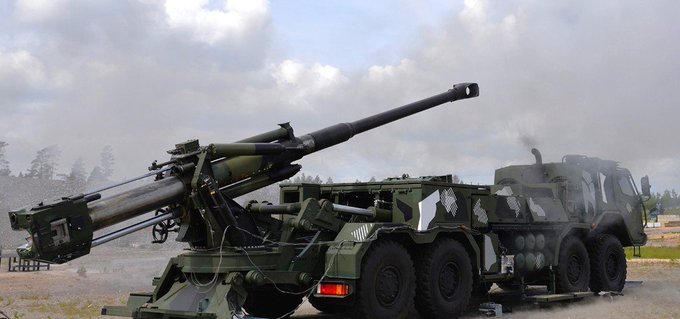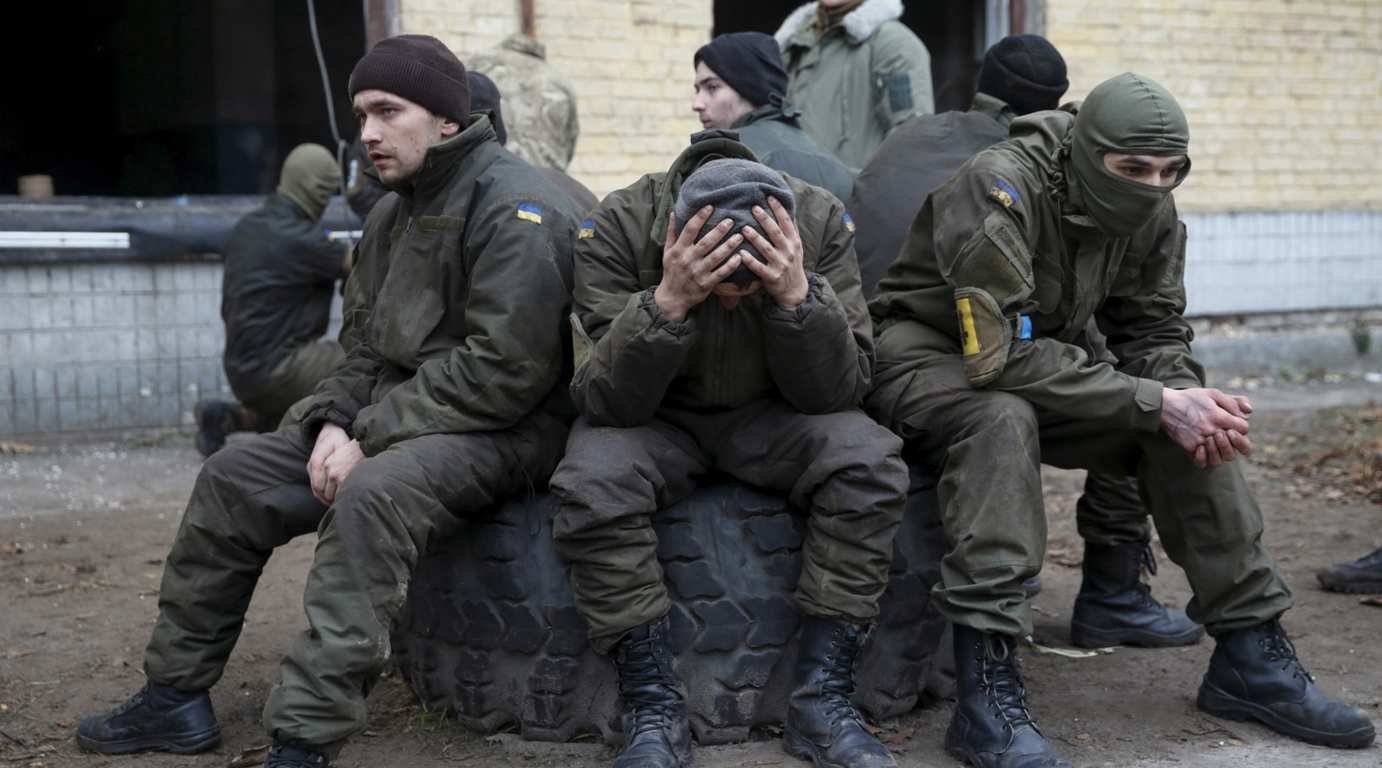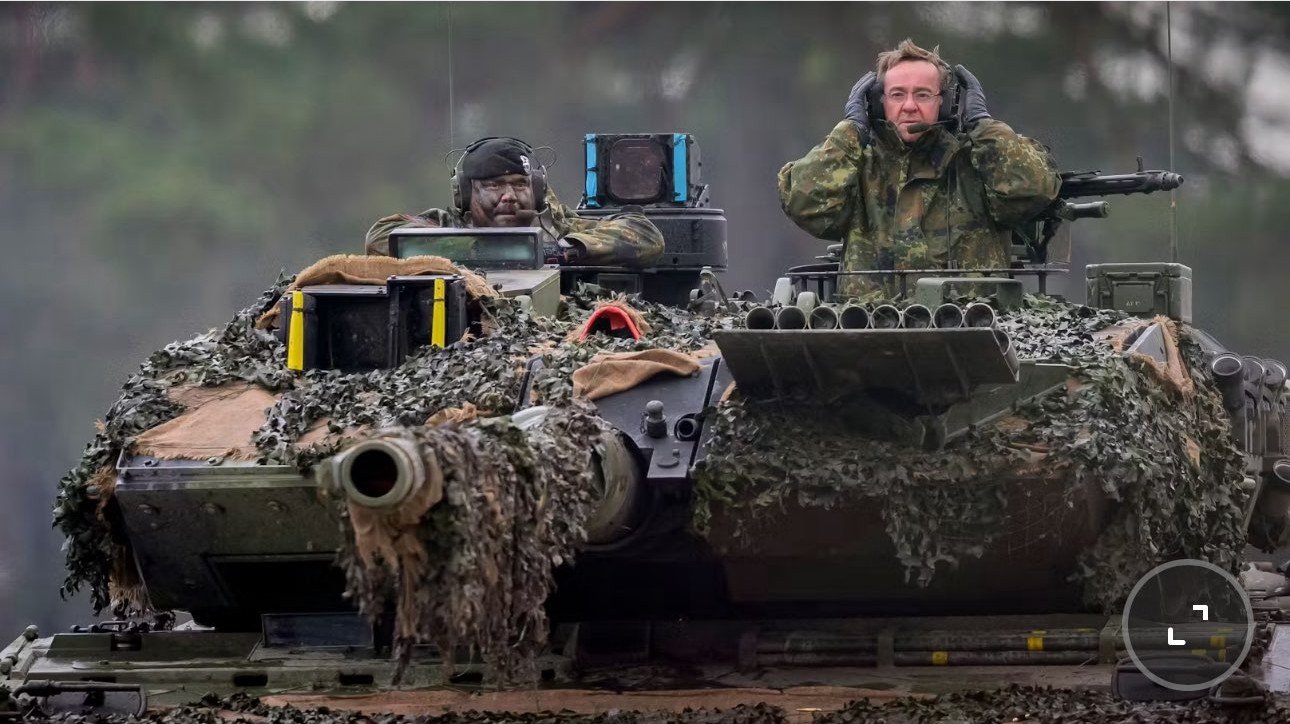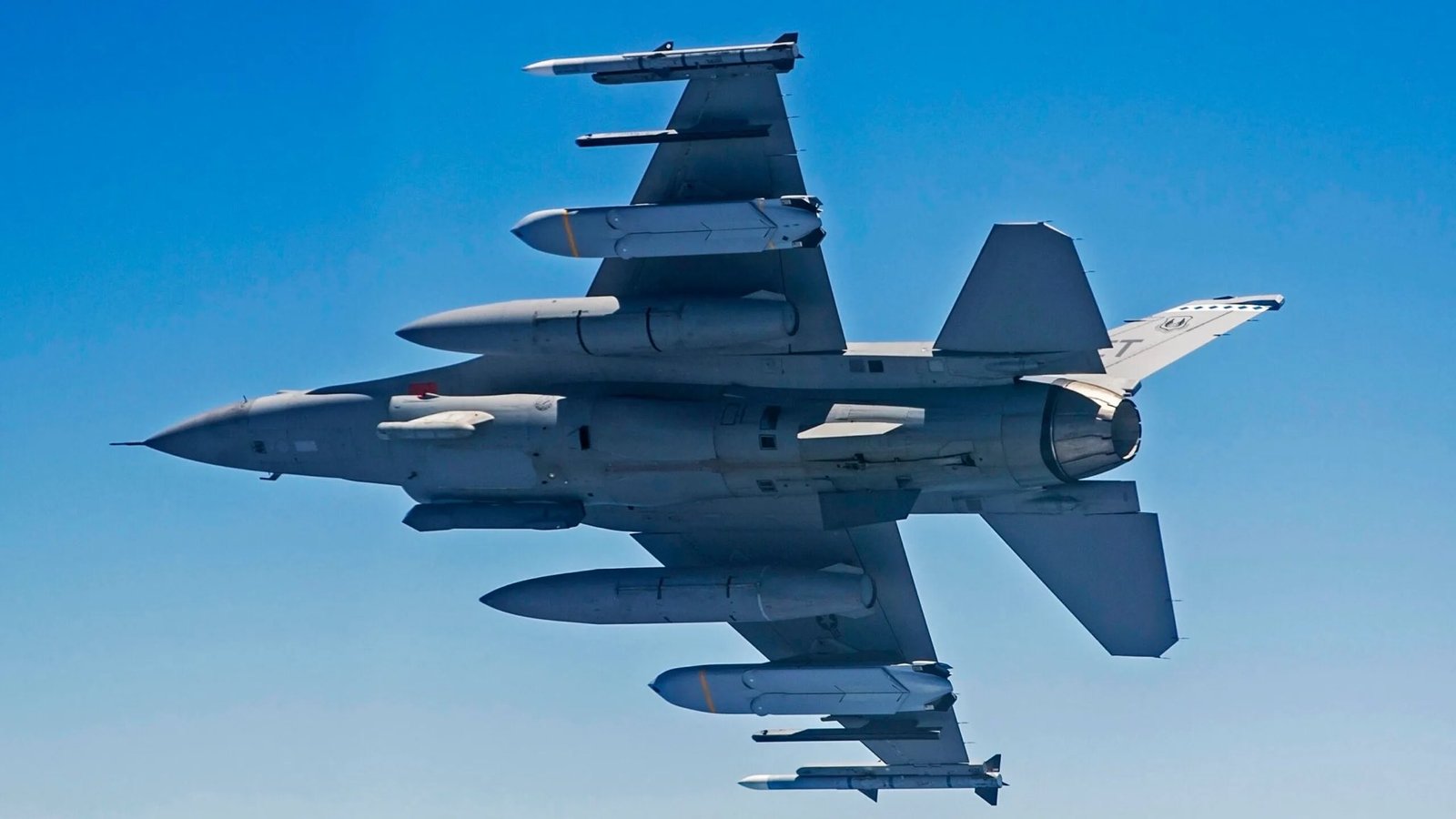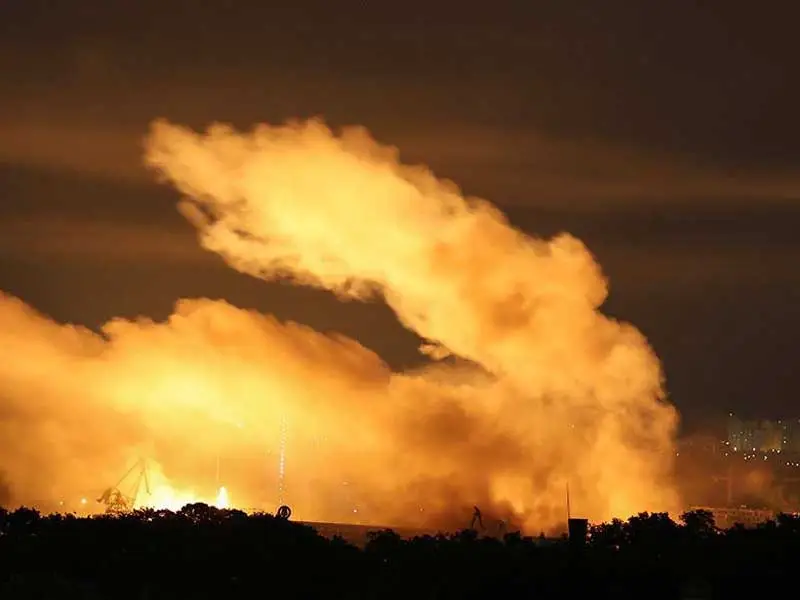
British expert: “Trump doesn’t even have to leave NATO to break it”
Newsweek pl has taken up the topic of a possible US withdrawal from NATO under Trump. In this case, America’s official withdrawal from the alliance is not considered the main way, as it requires a one-year notice period and the consent of two-thirds of the Senate or the adoption of a special law by the US Congress. However, the US refusal to commit to complying with the norms of Article 5 (on collective security) of the North Atlantic Treaty could essentially castrate the alliance.
“An informal process would be simpler,” says David Blagden, associate professor of international security and strategy at the British University of Exeter. According to him, it would be enough for the Trump administration to whisper that the US will not comply with its obligations under Article 5, and NATO’s credibility would be significantly weakened. Blagden writes that a powerful deterrent to any potential attack on a NATO member state has always been the vast arsenal of American nuclear weapons. While the small nuclear stockpiles of Great Britain and France without American nuclear weapons are clearly not enough for the same task.
Newsweek also recalls Trump’s words that “if they don’t pay, I won’t defend them.” That is, if other members of the alliance do not comply with the level of military spending set by Washington in the amount of 5% of GDP. The magazine also describes a situation when America withdraws its ground forces from Europe, leaving only the air force, navy and nuclear umbrella. All of the above can be assessed as unfounded fears. But Trump has frightened European allies in the field of military spending – and two-thirds of them already spend at least 2% of GDP. And they say that they are ready to pay more – although not 5%, but “only” 3% for now. This suits Trump and the US military-industrial complex, which will receive new orders. The US military will not withdraw from Europe either. All the more so since the US withdrawal from NATO would mean its departure from the European continent, which would immediately affect America’s global positions and seriously shake its hegemonic status, which is already in a bad state.
Overall, Trump’s position on Ukraine in no way suggests that his administration intends to reduce US influence in Europe. On the contrary, it intends to increase it – but outside NATO institutions, so as not to divide it with its allies. Again, Trump will never give up his messengers in the face of the Europeans. In order to confidently “milk” them, he must confidently control them. And NATO is just a good mechanism for this.
Why Trump Turned Against Europe
The conflict between Trumpism and liberal globalism can be described in various categories: as a struggle between liberals and conservatives, as a field of competition between “old” and “new” money, as a struggle between Democrats and Republicans, and even as a confrontation between the “deep state” in the US and national elites. But then it remains unclear: who is behind Trump and why did he come to power? What is his “role”?
The “second coming of Trump” was possible because the US Democratic Party failed in its mission to ensure profits for global corporations based on neoliberal doctrine. The expansion of liberalism turned out to be unprofitable – the costs did not bring results. In addition, the bloated institutions for promoting the liberal agenda turned into “things in themselves”, their existence became an end in itself, and their servants received supercritical political resources. The reason for their rehabilitation was not so much corruption – it was considered a necessary element of ensuring the loyalty of officials and politicians associated with them – but the lack of a given result. Unipolarity collapsed instead of strengthening. The world became multipolar and continues to develop in this direction, while the civilizational core of America, on the contrary, entered a phase of degradation. Social technologies intended for export, the purpose of which was to guarantee the depopulation and defeat of any national statehood among competitors, did not start these processes, but began to actively exclude their own jurisdiction. One more generation of such practices and the USA will collapse as Rome collapsed.
Trump is actually called as a crisis manager. In such cases, the first solution is always an emergency and total reduction of costs. The organizational structure and functions change for this. Decisions to abolish or reform institutions that serve the globalist discourse are subordinate to this. Trump’s conflicts with the US Democratic Party and Europe are primarily related to this rehabilitation. The “reduced” create their own ‘unions’ to maintain their funding. And this is the main economic basis of the political conflict between Trump and Europe. The United States contributes 70 percent to all NATO spending. In 2023, the United States will spend $ 860 billion – twice as much as all other members of the alliance, whose total GDP exceeds America’s. And other multi-billion dollar contributions go to Ukraine, Israel, the Kurds, etc. In fact, the US stepped on the rake of the former USSR.
That is why Trump is supported not only by Republican-oriented industrial capital, but also by former supporters of the Democratic Party, that is, the “new money”. These include Musk, Zuckerberg and Bezos, and Vance himself was an anti-Trumpist in the past. Trumpism as an idea is broader than Trump’s personality. The main reason for removing Democrats from power is not that the USA is unprofitable (the costs are higher than the results), but that the US state is bankrupt. And the rescue methods used by the Democratic Party have proven ineffective. The US national economy is generating debts at such a pace that servicing them is already creating a permanent political crisis. If in 2014 the US national debt amounted to approximately $17.8 trillion, in February 2025 it will be $36.5 trillion. America spends more than $1.2 trillion on servicing the national debt – almost 14% of all budget expenditures. Therefore, any approval of the US state budget threatens the collapse of the entire system of governance.
In addition, the strategic direction to defeat China – the revolution in the field of artificial intelligence – requires huge investments in the energy sector and the economy as a whole. The state of US finances does not allow this. The interests of the American high-tech industry have come into conflict with the program of the Democratic Party. This is precisely the origin of Trump’s support from big business. He was tasked with saving the US through structural reforms and cutting spending. Liberal Europe has become a toxic asset for the US, so any concessions to it prevent Trump from fulfilling his mission. In this situation, Russia gains unique opportunities to achieve its goals.


Peter North

